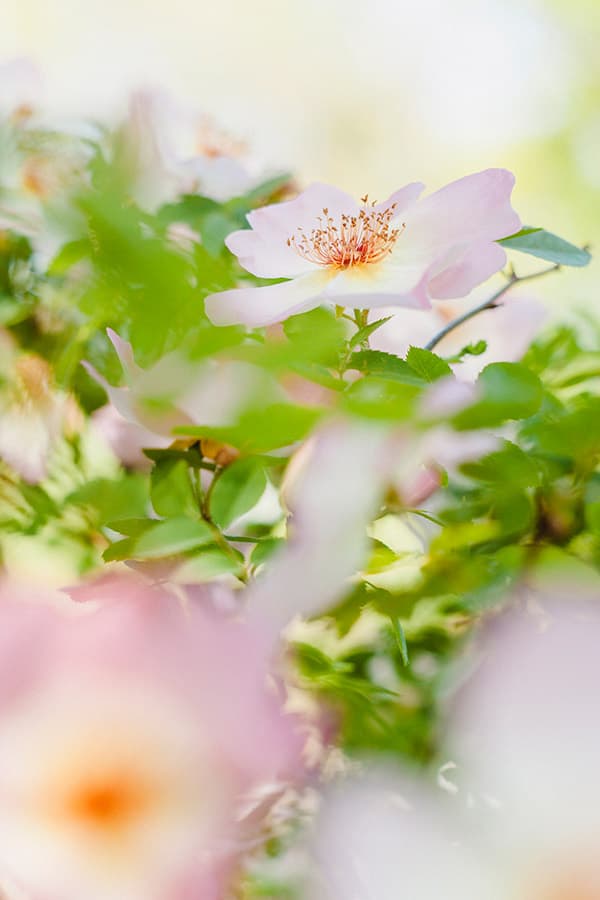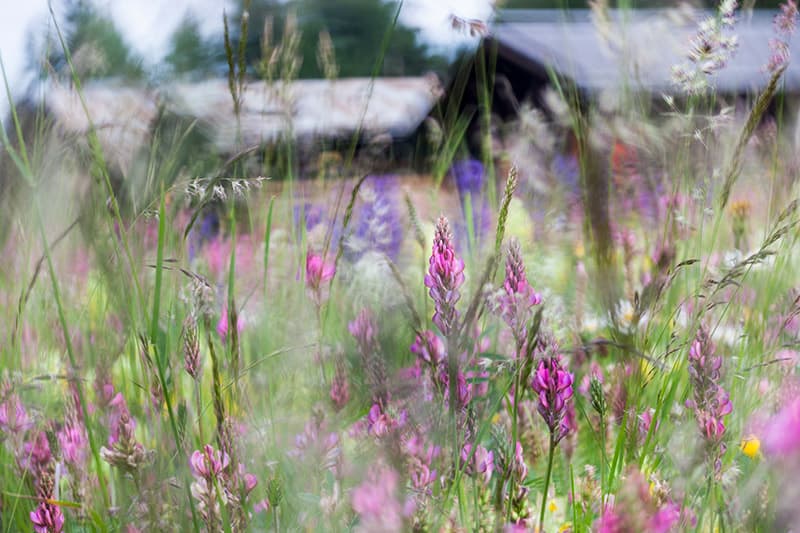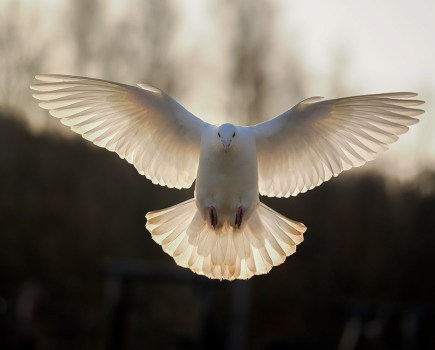Award-winning nature photographer Annette Lepple shares her top seven tips for flower and foliage shots this Spring
With spring finally upon us, it’s time to dust off the camera and get outdoors. Annette Lepple shares her top seven tips to help you get your best ever Spring flower and foliage photographs.
Seven tips for better Spring flower photographs
Be creative
A great way to keep one’s photography fresh is to work with creative or vintage lenses, which can be very challenging but a lot of fun once you get the hang of it. Or try making your own creative apertures – it’s easy! Play around with different patterns and backgrounds to find out what works best for each subject. Or try your luck with intentional camera movement. It’s much more satisfying to create special effects with your camera than with Photoshop.

Credit: Annette Lepple
Magical light
I strongly believe that you can only create special images if you’re passionate and prepared to make a real effort. The quality of light is as important as your subject. My favourite time is early morning because the light has a pure, innocent feel that cannot be beaten. This often means getting up in the middle of the night to be somewhere else in time for the shoot, but when it all falls into place it’s one of the most rewarding things in the world. Of course evening light has its own qualities.

Credit: Annette Lepple
Change your perspective
So many people just stand and take images without moving. We’ve got arms and legs, so keep moving – crouch low down, explore different positions and open yourself to fresh views and perspectives. The vantage point you choose has a big effect on the message or mood of an image. Shooting from above evokes different emotions to shooting from below. Getting rid of ‘seeing conventions’ will dramatically add to your photos.
Break the rules
I think a lot of rules are useless and only contribute to restricting imagination. If you’ve learned the famous photography rules, it’s time you broke them to set your spirit free. Photography is a way of painting and it’s up to you to fill the images with soul and make them tell a story. You can be as ‘techy’ as you like, but you’ll only be able to touch others if you see with your heart. It’s also by leaving your comfort zone that you will grow as a human and as a photographer.

Credit: Annette Lepple
Bokehlicious
Something that is as important as special light is the bokeh. A great bokeh makes my heart sing! The kind of bokeh I’m looking for depends on the subject. Some look best with a subtle, creamy bokeh; others can do with something zingy like this vase with Cosmos. For a subtle, calm effect you have to make sure that the background isn’t too close to your subject. Explore water droplets, leaf reflections and dappled light through foliage. It’s a matter of experimenting to see what works best.
Be observant
Pay attention to the background and surroundings of your subject and make sure you isolate it well, so that you don’t end up with distractions. The closer the background is to the subject, the more it’ll stand out in the picture, so to achieve a pleasing background choose a subject that is already isolated. Make sure that the image isn’t too busy and keep things simple. Be respectful, don’t pull up or trample on flowers, but removing twigs or a blade of grass is acceptable.

Credit: Annette Lepple
Slow photography
Good flower and nature photography can’t be rushed. Take your time observing the environment and the light. I love using my prime and manual lenses because they slow me down, make me concentrate and focus. To be able to capture the dreaminess of a lot of subjects I usually lie on the ground and use a beanbag, but when they are higher up I use a tripod, which not only assures accurate focus and composition but also slows me down.
Kit list for Spring flower photography
- Beanbag This is very handy for stabilising the camera when shooting on the ground, and being light it can easily be taken anywhere.
- Manual lenses Lenses such as Helios or Lensbaby are challenging to handle but can be used to create painterly, dreamy images. Working with live view helps, as focusing is often tricky because of a shallow depth of field.
- Telephoto macro lens A versatile lens that can be used for close-up work as well as garden scenes and landscapes is ideal. A maximum aperture of at least f/2.8 is a must and is a great help in low-light conditions.
Annette Lepple
Annette Lepple is an award-winning photographer and writer specialising in gardens and flowers. She has written two books and is a regular contributor for a number of magazines. I’ve always been in love with nature and started photography in the early 1990s when I had my first garden in Ireland. It has opened up a whole new world to me. I’m a ‘light junkie’ and happiest when I’m out shooting in magical light.
Light is so important and will make a picture shine like no other component. I don’t want to present a scene or a flower as it is but how it feels to me, so a lot of my images are very emotional. This approach seems to work as a lot of them have won awards in contests such as International Garden Photographer of the Year (IGPOTY). It’s important to keep exploring and reinventing yourself.
Further reading:
33 Essential Spring Photo Tips







